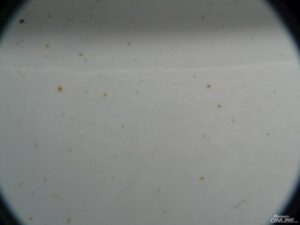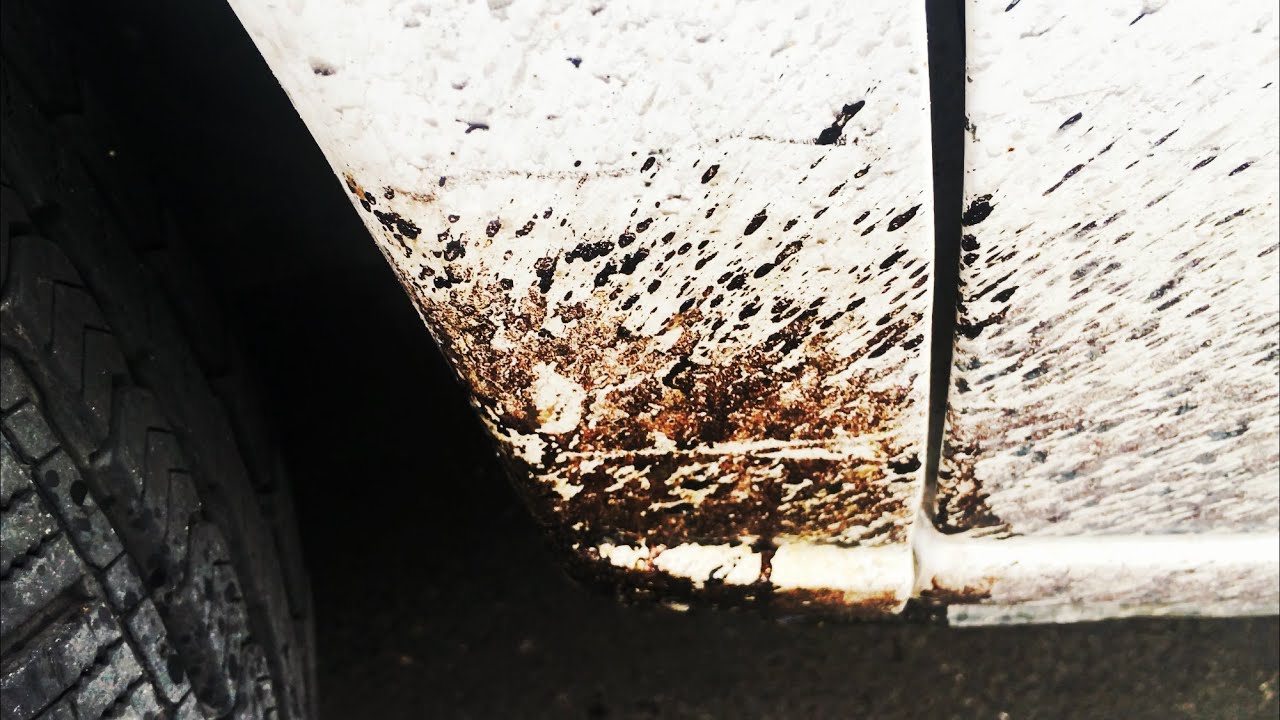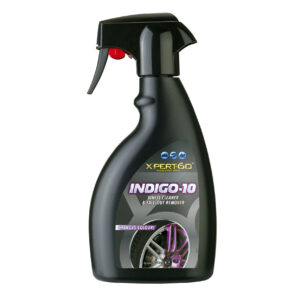Tar Removal – What Happens if You Do it Very Rarely?

In winter, due to salted roads and studded tires, your car accumulates uneven stains. However, in summer, driving on melting asphalt leaves a uniform, thick layer of tar on the car. If tar removal is constantly postponed, paint damage can occur beneath the tar. Such damage is visible if, after tar removal, a rust-like mottled stain still remains where the tar was. This is most noticeable on light-colored cars, but it doesn’t mean it’s absent on dark cars. It’s simply not visible, which can make the problem even worse.
How to Avoid Damage Caused by Tar and Tar Remover?
Regular tar removal is the best way to prevent tar-induced damage, and it’s actually recommended to do it at least once a month. During winter months, monthly removal might even be mandatory. The longer tar is left on the surface, the more it hardens. If tar has been on the surface for a very long time, it can deeply penetrate the paint, making the surface much harder to clean without causing damage.
Is it Difficult to Remove Tar?
Of course, this is best done by professionals in the field – car detailers. They have the right equipment, extensive experience, and optimal working conditions. However, a proactive car owner can also perform this task at home. To do so, you must first acquire the appropriate car care products. The highest quality options are usually chemicals offered in large packages (5L, etc.) and are typically not available in regular retail stores.
How to Start Tar Removal?
When washing outdoors, choose slightly cooler weather and a shady spot. This is because cleaning agents dry too quickly on the surface when working in direct sun during hot weather. This prevents them from working effectively, and as they dry, unsightly stains can quickly be left on the surface.
Apply an insect and road grime cleaner to the entire car and leave it for a few minutes. Then rinse the vehicle with plenty of water. If possible, use a pressure washer. Next, apply a tar remover to the car’s surface and leave it for 5 minutes. If necessary, repeat this step if the tar has not loosened on the first attempt. If the car is not heavily soiled, you can start with spot spraying. Apply the tar remover to the sides of the car up to the door handles, to the front up to the hood, and to the rear of the car up to the highest edge where tar has accumulated. *Check if the tar has loosened by gently touching the tar spot with your finger. When the tar releases under your finger, it’s time to pressure wash the car.
- If the product is left on for too long, it will dry on the surface, and you’ll have to reapply. To avoid extra work, carefully monitor the soaking process.
After washing the area, make sure you have thoroughly rinsed the car, then hand wash it using car shampoo. Start from the roof, but leave the lower panels for last. If possible, use a separate sponge for these areas to avoid the risk of picking up sand particles. Rinse the shampoo again and dry the car.
- If some individual tar spots remain on the surface, take a clean microfiber or soft cloth, apply a small amount of tar remover to it, and wipe the individual spots until they dissolve and the surface is clean.
- Once the car is thoroughly washed and dried, you can apply a quick wax, nano-protection, permanent wax, or any other product of your choice.
What else should You Know about Tar Removal?
- For tar removal, definitely do not use gasoline, diesel fuel, nitro thinner, white spirit, or other strong solvents, as they are too aggressive. Gaskets and engine hood seals can start to melt, and plastic components, trim parts, and paintwork can become dull and gray.
- Also, do not scrub the surface with strong cleaning brushes or scrubbing pads, as this will scratch the surface. It is advisable to apply the tar remover only to the stained areas, not to the entire car, as the substance will inevitably remove a small amount of protective coating from a waxed car.
- However, if the car has been left with tar for too long, and the tar has left the aforementioned marks on the car’s surface.

Rust Stain Removal: rust stains that form under the coating. removed with an “iron remover”. This can be done after washing the car, using a special cleaning agent “INDIGO 10 “. This is an excellent product, also often used for cleaning wheel rims. Spray the car with it and let it dwell for 5-10 minutes. If necessary, reapply to extend the dwell time. Its composition is neutral and does not damage the car’s surface.
INDIGO 10 reacts with residues on the surface, turning the car pink/purple. Once the residues are removed, wash and dry the car.
For tar removal! If you need assistance, contact our team!
Find professional car wash tools here: https://autokeemiamüük.ee/autokeemia/autopesu-vahendid/


